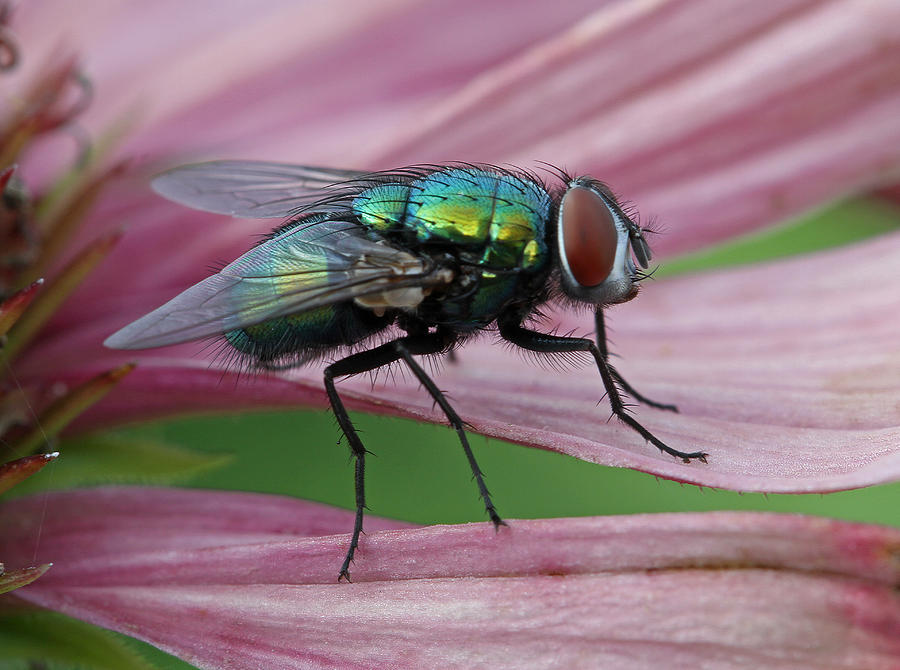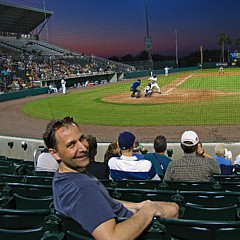
Start Your Engines

by Juergen Roth
Title
Start Your Engines
Artist
Juergen Roth
Medium
Photograph - Photography
Description
Green Bottle Fly macro photography image on purple cone flower. During one of my last visits to the Mass Audubon Broad Meadow Brook Conservation Center and Wildlife Sanctuary this summer I came across a green bottle fly. It was amazing how long the fly was sitting still on a coneflower and it turned out to be a macro photographer�s dream come true. The few intimate minutes allowed me to get a glimpse of its life and most important it allowed me to set up my tripod and explore different exposures, perspectives and compositions. At first the fly was facing sideways which allowed me to capture its full torso while Balancing Life between to coneflower petals (aperture f/11, exposure time 1/5 seconds). While carefully moving closer the green bottle fly hopped over onto a single flower petal and looked straight on into my camera. Aware of the potential unfolding in front of me I manually focused on its head and eyes. The large aperture setting (small f-stop) provided a faster shutter speed for higher quality, less blurry pictures, and also supported limited Depth of Field that solely glues the viewer to the head and eyes of the fly. The beautiful metallic colors of the fly combined with the fabulous colors of the blooming coneflower produced a beautiful balanced nature Macro Photography picture as found in the wild. Still at ISO200, lowering the aperture to f/5.6 resulted in a slightly faster shutter speed of 1/20 seconds. I purposely underexposed by 1/3 of a stop to boost and saturate colors. Dust spots removal, minimal contrast, lighting and color saturation adjustments were made during post processing before sharpening the final images of the flies.
From Wikipedia: The common green bottle fly (biological name Phaenicia sericata or Lucilia sericata) is a blow-fly found in most areas of the world, and the most well-known of the numerous green bottle fly species. It is 10�14 mm long, slightly larger than a housefly, and has brilliant, metallic, blue-green or golden coloration with black markings. It has short, sparse black bristles (setae) and three cross-grooves on the thorax. The wings are clear with light brown veins, and the legs and antennae are black. The maggots (larvae) of the fly are used for maggot therapy.
Uploaded
September 29th, 2012
Statistics
Viewed 1,713 Times - Last Visitor from Wilmington, DE on 04/19/2024 at 3:57 PM
Embed
Share
Sales Sheet






















































